LOOKING INSIDE THE WALL | INTRAMUROS
- Faith

- Oct 15, 2021
- 4 min read
Updated: Jan 19, 2023
Manila, the capital of the Philippines and the center of commercialism. When it comes to travel, it has become an entry and exit portal going to different islands of the country. No one really takes a lot of time to stay longer unless they wanted to shop. Maybe because of the pollution, the traffic and the crowd, something I myself are also not fond of. As someone who is working in the City and loves to travel, I personally taken it for granted. I forgot that despite of all the progress and changes, the culture and history are still lingering around it.
I N T R A M U R O S
This walled area in the heart of the City is considered one of the most historic place in Manila. It is a home of different historical landmarks like Fort Santiago and some religious sites. Intramuros is a latin word which means "within the wall", is constructed during Spanish Era which main goal is to protect the City from any invaders. The wall had been destructed during the Battle of Manila and later on restored and reconstructed.

INSIDE THE WALL:
F o r t S a n t i a g o
Declared as a national shrine together with the declaration of Intramuros as National Historical monument, one of the most important site of the history. It might be familiar to those students who had been here thru educational trips. The Fort Santiago was made by Spaniards to serve as a Citadel for a better protection inside the built wall of Intramuros. Later on, it has become a prison to different people who were considered enemy of the Spanish Government including the national hero of the Philippines, Dr. Jose Rizal. It was also become a witness of a lot of death happened during World War II.

Plaza Moriones. A big open ground you'll passed by before you formally reach the iconic stone gate of Fort Santiago. It was a nice landscaped of concrete, grass and trees.


Behind me is the well known entrance of Fort Santiago.


Illustration on how the final day of Rizal before he was executed.


Rizal's Gallery and Museum

Pasig River behind the Fort Santiago.


You will look at the flag in a different perspective after those walk.
Just before you exit the gate of fort Santiago at Plaza Moriones, you will see a small alley of stores selling and promoting local made products.

Saying goodbye to Fort Santiago.
M a n i l a C a t h e d r a l
Manila Cathedral is a short name to The Minor Basilica and Metropolitan Cathedral of the Immaculate Concepcion. It was originally a "Church of Manila" on year 1571 until it became a Cathedral on 1579. The Cathedral had been rebuilt and restored more than several times due to fire, earthquake and war. Now, it is one of the most visited church in Manila.

S a n A g u s t i n C h u r c h
San Agustin Church or Immaculate Concepcion Parish located at Luna St, Intramuros, Manila is the oldest stone Church of the country. It is named as a National Historic Landmark by the Government and is part of Unesco's World Heritage site under Baroque Churches of the Philippines. The structure also experienced different destruction and was restored several times. But when one of the strongest earthquake hit Manila on 1863, San Agustin Church was the only public structure that was left undamaged. Amazing isn't it?


Unfortunately the church was closed when we came so we didn't saw the inside. I also didn't know why I forgot to take a photo of the whole facade. The two photos above were the only thing I got. But the door was really that good enough.
C a s a M a n i l a
Just across the San Agustin church is the museum called Casa Manila. It was as if you are transported on Spanish colonialism era. The architecture of stone and woods will give you that vibe.

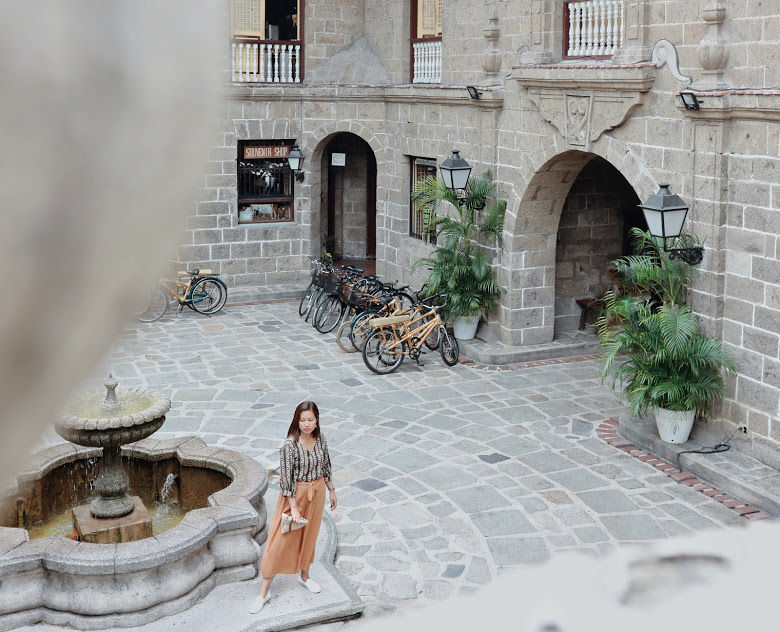
Those bike in a bamboo body Wow! I think they called it as bambike (bamboo-bike).


B a r b a r a ' s H e r i t a g e R e s t a u r a n t
If you're already in the area of Casa Manila and San Sebastian, might as well check Barbara's. The ambience will definitely make you think you are back in time. It was called heritage restaurant for a reason. They offer buffet meal and if you come on the right time, you can witness a cultural presentation which was one of the reasons they are always full.

We didn't witness the cultural show since we came at lunch time (I think they performed at dinner time), but we still have live performers. This trio was roaming around and singing to the guests.
We only ordered an ala carte meal. And of course we cannot skip the paella which was one of their classic. The plate was good for two person and is enough to make you full.


If you'll spend a whole day in Intramuros, you can definitely see more heritage sites. We only been inside the wall for a couple of hours so we didn't see some other places. There are tours that you can also join with if you want a more organize and productive visit.
All in all, Intramuros was like a specific place in Manila that is frozen in time. The visit was uplifting and you'll have a new eye for Manila after learning its history and culture. I hope you can give Manila a chance to be on your "a must City to visit" list. It's not just all about malls and modern structures. It is also a place of re-learning and seeing.









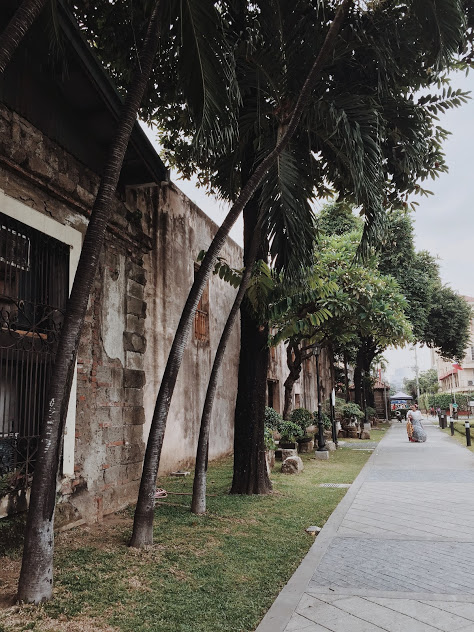

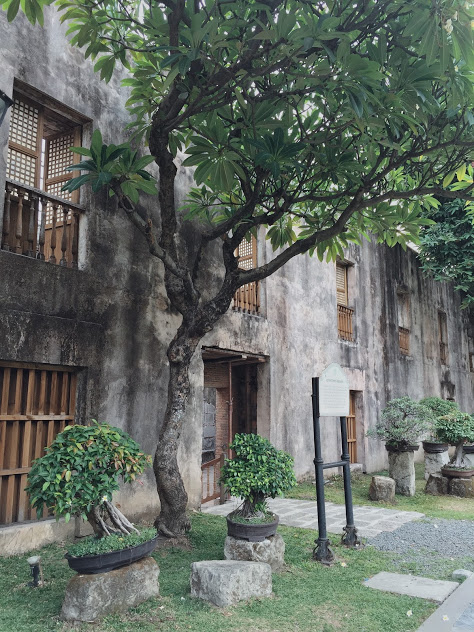









































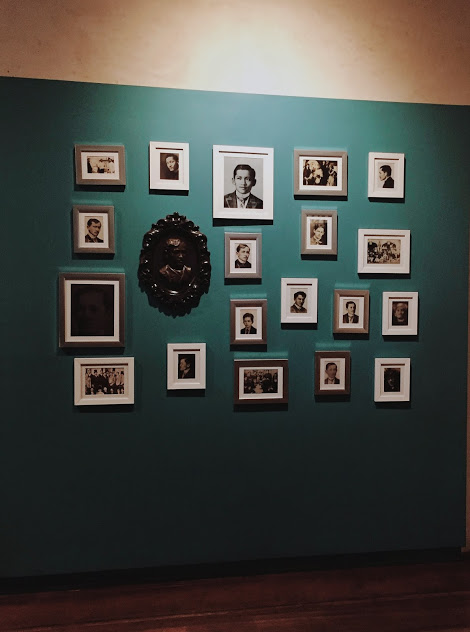







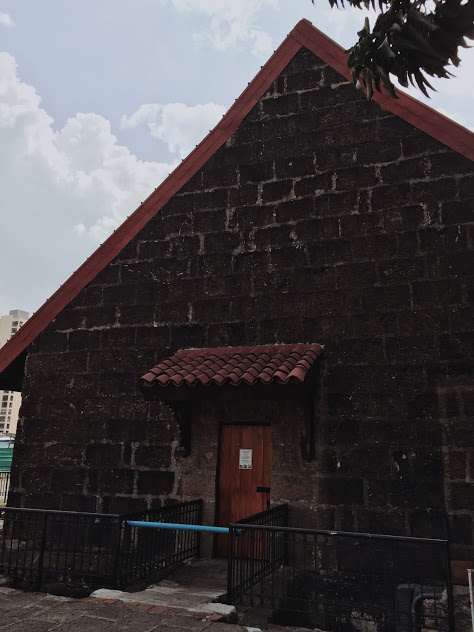























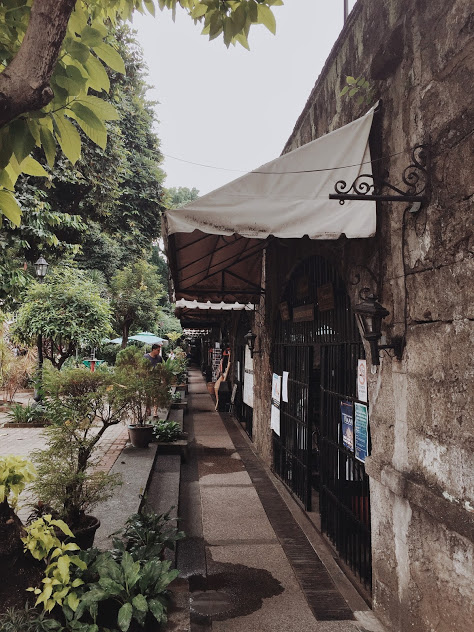





















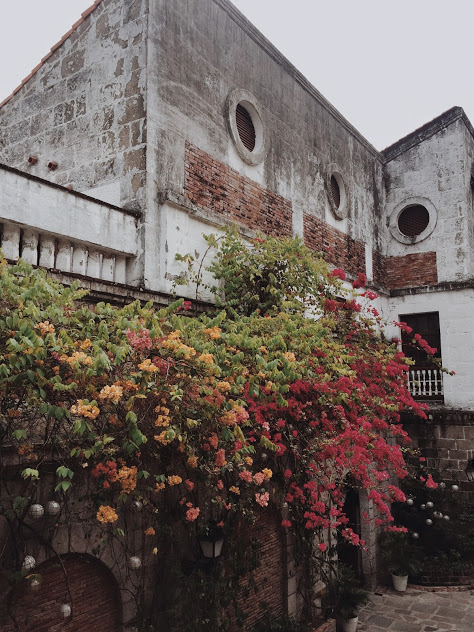

















Commentaires